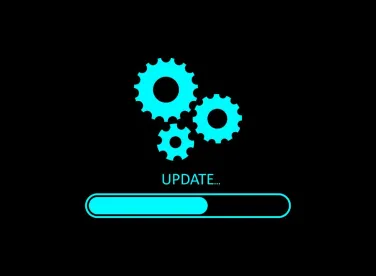The Court of Appeals for the Federal Circuit (CAFC) affirmed a district court ruling that the asserted nonliteral elements of a software program were not copyright protectable, in part, because allegedly copied materials contained unprotectable open-source elements, factual and data elements and other known elements that were not original.
Judge Newman dissented, calling the majority decision “a far-reaching change” because the “selection and arrangement” of elements, even if they are known elements, is protectable by copyright. She further noted that decision constituted legal error for not even addressing the “selection and arrangement” of the program elements. The majority retorted that this point overlooks that, in a copyright infringement action, when contrary evidence shows that not all material asserted is entitled to copyright protection, the copyright holder bears the burden to establish via evidence that such challenged material is entitled to copyright protection.
Central to the inquiry was what nonliteral elements of the program are copyright protectable. The defendant successfully argued non-protectability of various individual elements based on the facts that: i) an earlier version of the software was in the public domain; ii) many of the Input Formats and Output Designs were substantially identical to those in the earlier version; iii) the SAS Language is open and free for public use; and iv) the allegedly copied materials contained unprotectable open-source elements; factual and data elements; elements not original to Plaintiff; mathematical and statistical elements; process, system, and method elements; well-known and conventional display elements, such as tables, graphs, plots, fonts, colors, and lines; material for which Plaintiff was not the author; statistical analysis; scènes à faire elements; and short phrase elements.
The district court ruled that once the defendant established that asserted elements are not copyright-protectable, the copyright holder must identify with specificity the elements of the program that it asserts were copied and establish that those elements are protectable. Because the copyright holder did not meet its burden, the CAFC affirmed the finding of no infringement.
There are some fact specific issues at play here, but Judge Newman’s dissent seems to more accurately capture the existing law. Even if none of the individual elements were copyrightable, the “selection and arrangement” of the elements may be. Because the court did not even address the “selection and arrangement” test, the dissent makes a solid point.
In part, the decision was predicated on the fact that the allegedly copied materials contained unprotectable open-source and other known elements. This is the first decision of which I am aware where the selection and arrangement of elements in a software program containing open source (or other known) elements was not protectable.
It is hard to imagine that this will be the end of this dispute. We will monitor whether the copyright owner seeks a rehearing en banc by the CAFC or seeks Supreme Court review.



 />i
/>i
